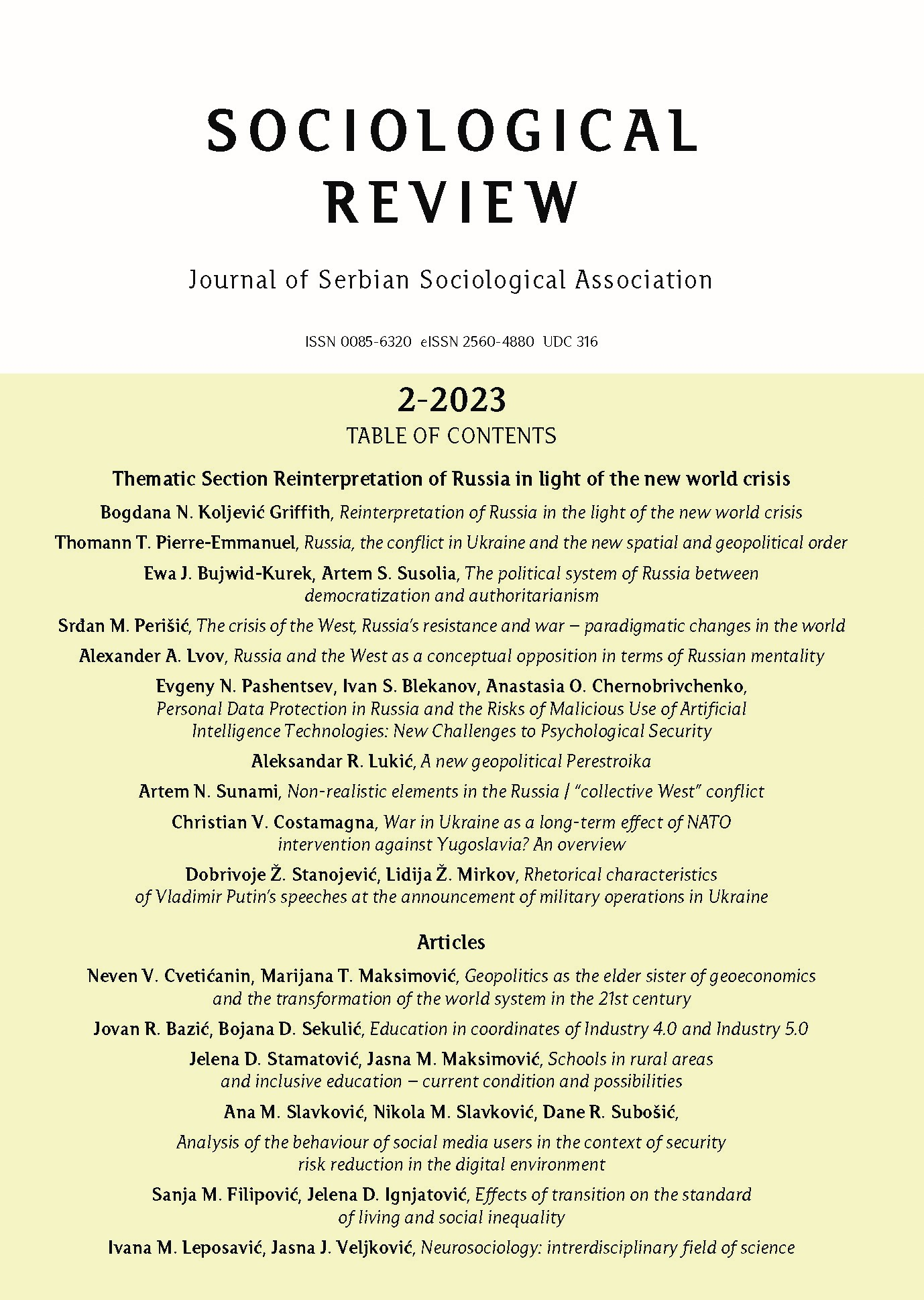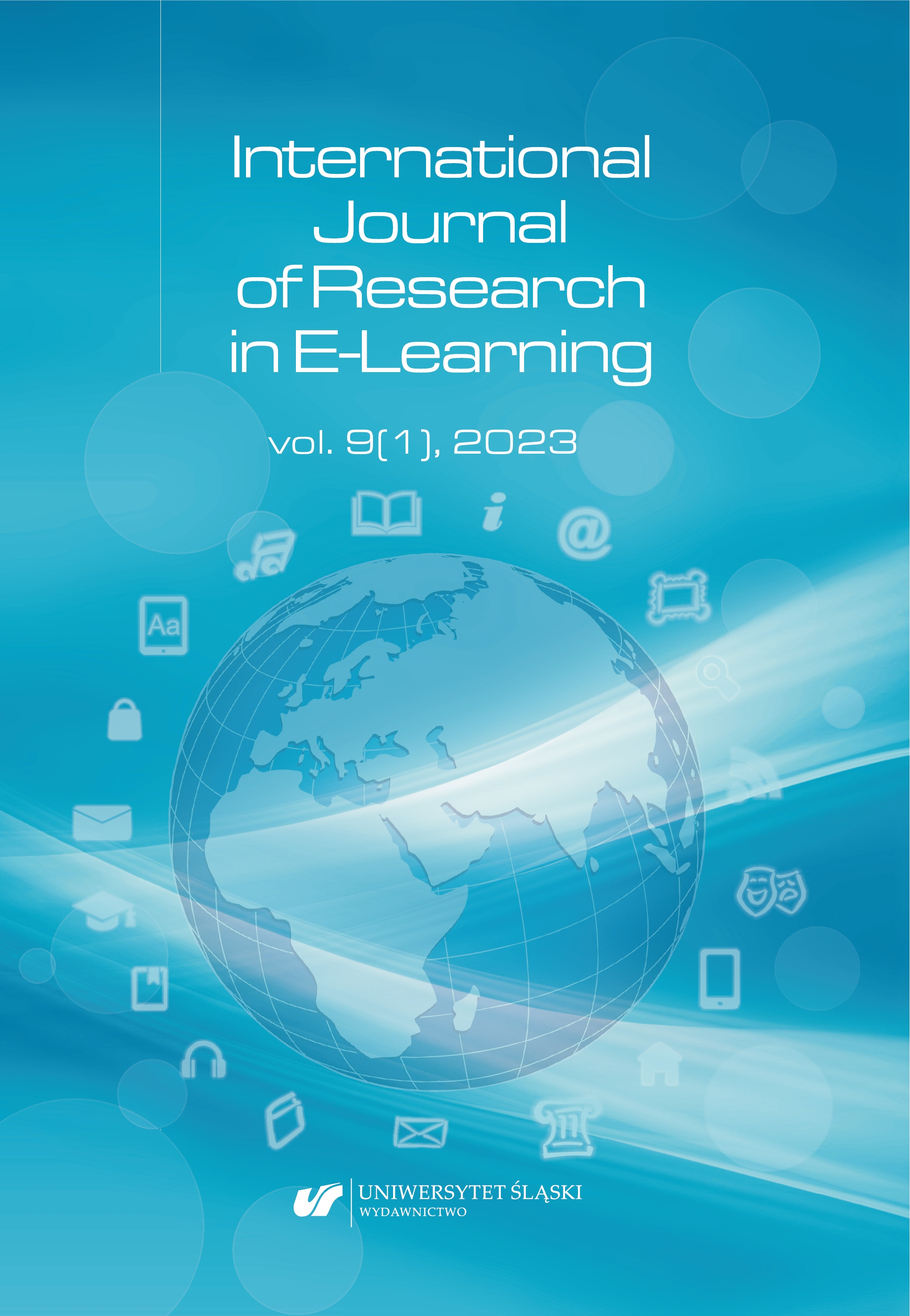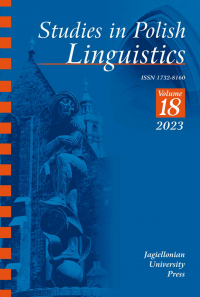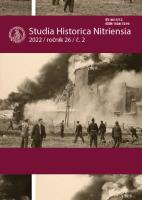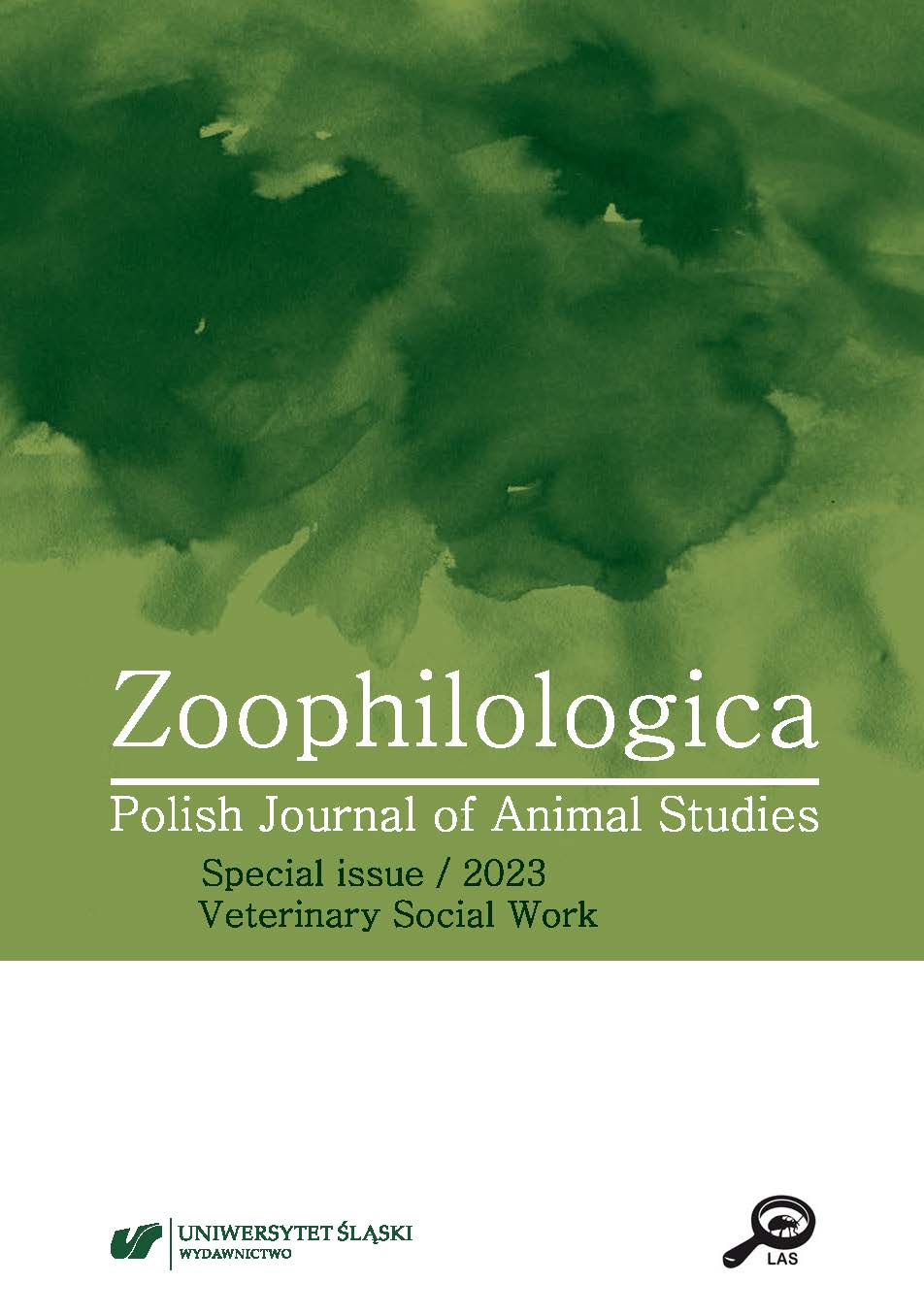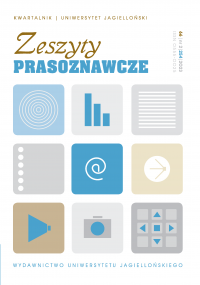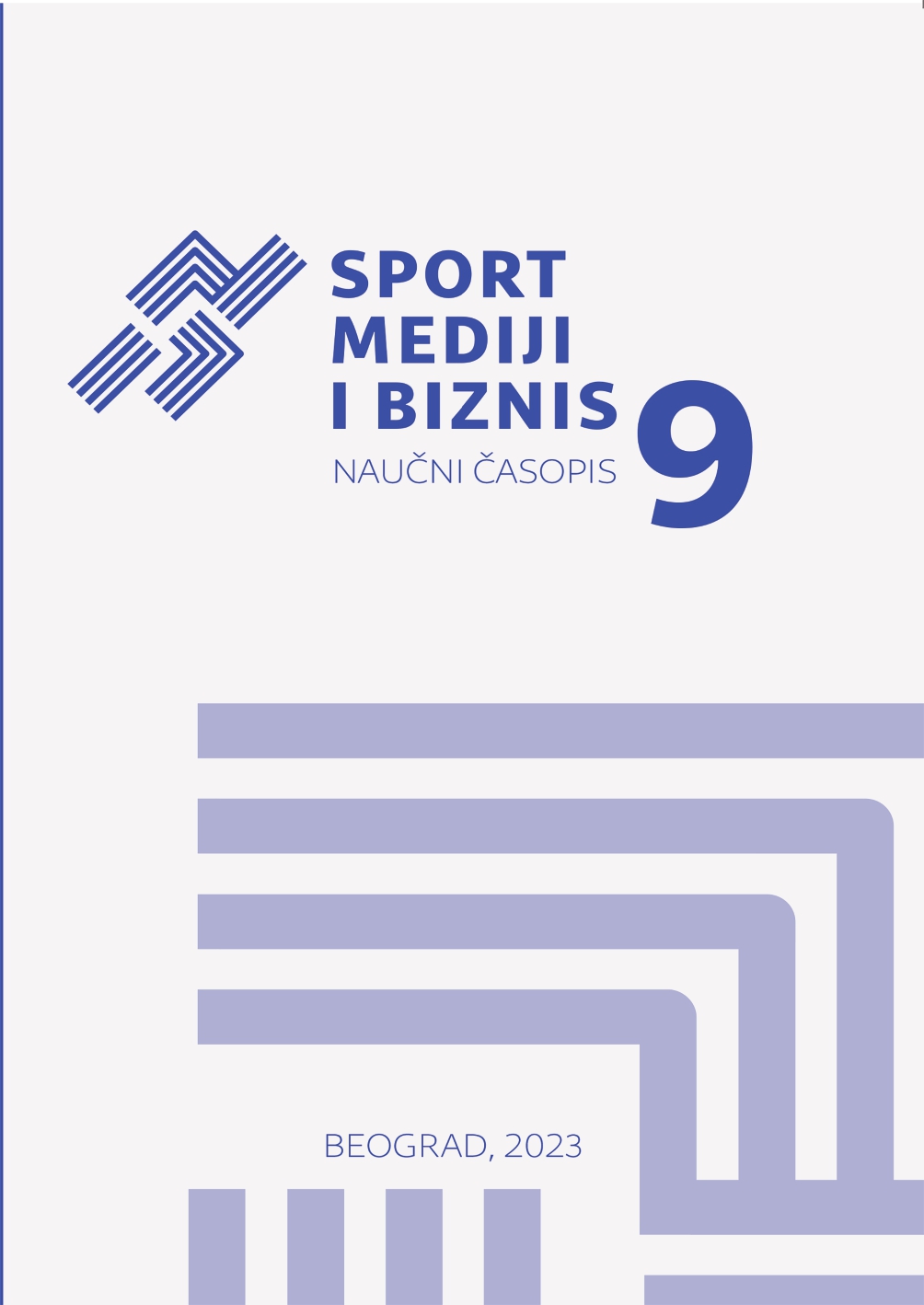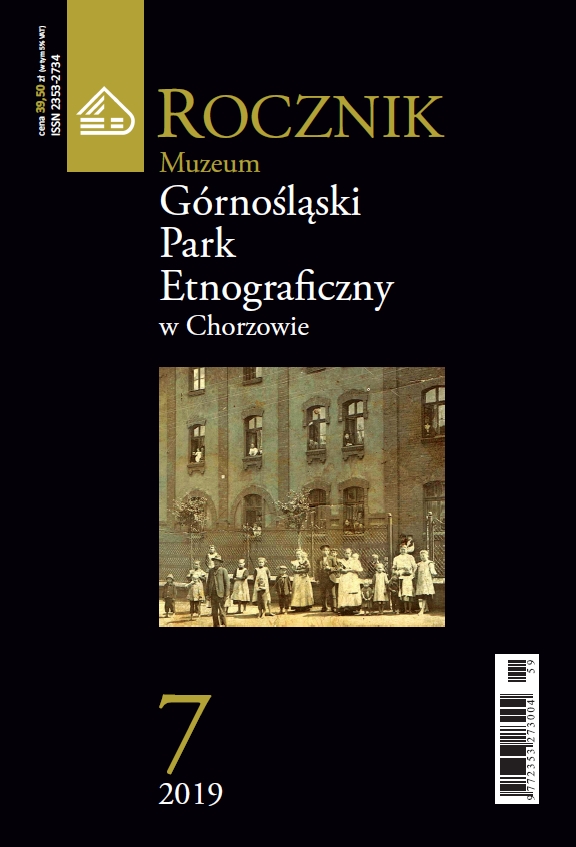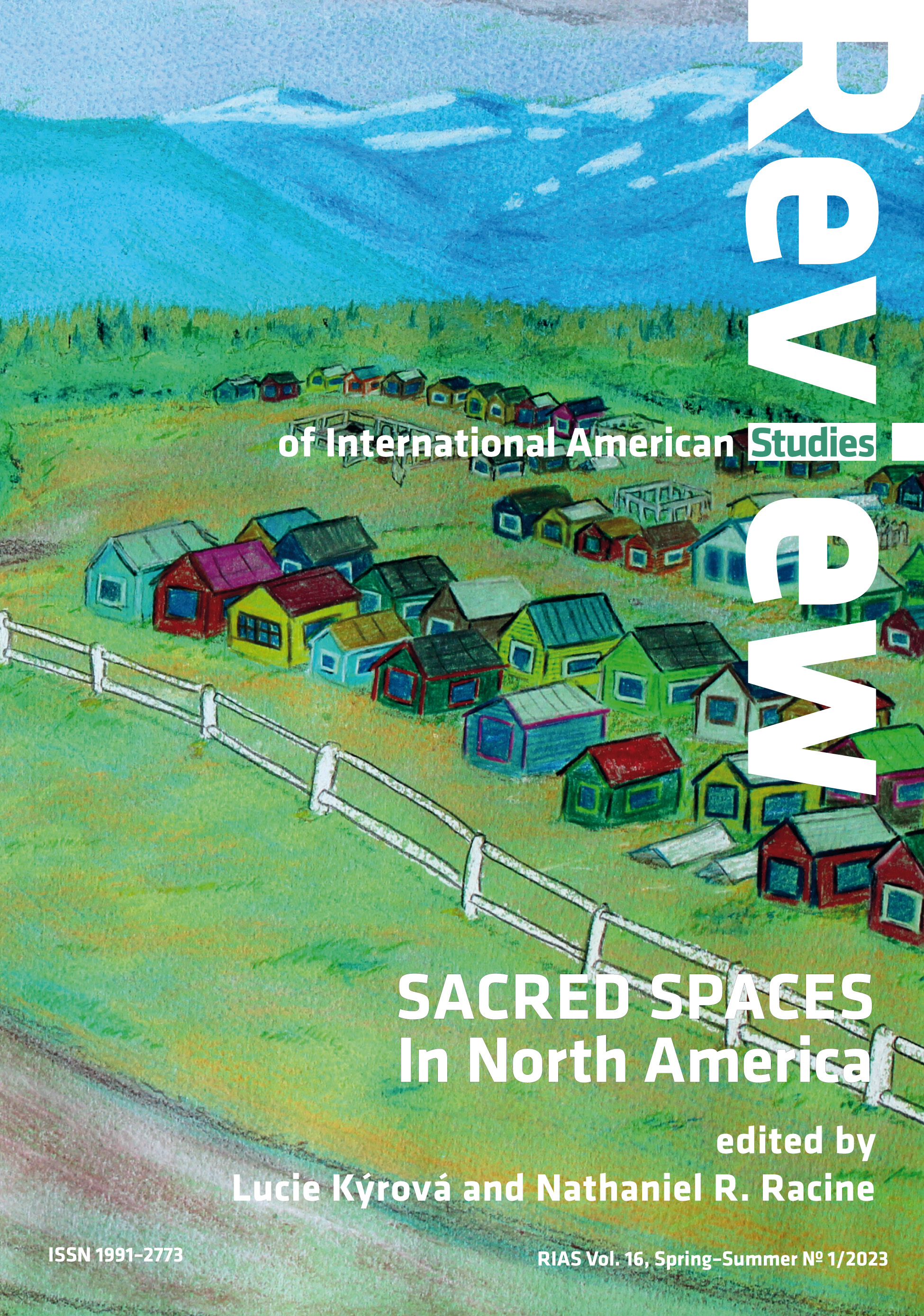Author(s): Grażyna Stojak / Language(s): Polish
Issue: 7/2019
The region of Podkarpacie is a multiethnical, multicultural and multifaith region situated in the south-east of Poland. It is a border region whose area overlaps with the Podkarpacie Province established in 1999. The contemporary, complex structure of the population of the region of Podkarpacie – shaped by the operation Vistula and the post-war resettlement of the residents from other regions of Poland, as well as labour migration from villages to cities – causes the formation of several directions in shaping the cultural landscape of the Podkarpacie countryside. The first of them is the tendency to preserve ethnic architecture, which is not homogeneous. On the one hand, there is a well-organised operation of two municipal open-air museums in the region of Podkarpacie, i.e. the Museum of Folk Architecture in Sanok and the Museum of Folk Culture in Kolbuszowa, which professionally preserve and scientifically develop both tangible and intangible cultural heritage of the Polish countryside. The operation of private cultural parks (e.g. Museums of Lemko Culture in Zyndranowa and the Museum of Lemko Culture in Olchowiec) as well as mini open-air museums operating in municipalities (e.g. „Open-Air Museum „Zagroda” in village of Markowa, “Kresowa Osada” in Basznia Dolna, “Zagroda Pogórzańska” in Gwoźnica – Biographical Museum of Julian Przyboś in Gwoźnica, “Zagroda Chłopska” in Godowa, “Chałupa nr 84” in Glinnik Zaborowski, “Zagroda Kowalska” in Krzeszów Górny) is quite different. Each of these mini open-air museums tries to preserve the folk culture of individual ethnic groups in a different way. On the one hand, their activity aims at exposing tangible culture and popularizing folklore of ethnic groups; on the other hand, at selling food products and crafts, commercial and restaurant activity. In each of the cases, the or-ganisers’ effort is tremendous, especially that external financing of these activities is occasional, and work necessary to make these facilities operate properly is mainly based on the effort of enthusiasts. The second tendency – completely opposite to the above mentioned trends – is the destruction of traditional buildings and replacing them with contemporary, styleless architecture occurring all over Poland. There are three types of causes that may be responsible for this state: blurring the tradition as a symbol of backwardness (e.g. Dolne Nadsanie and the fight of priest W. Gaj-Piotrowski), migration of countryside residents to cities and construction of new housing estates due to fear of disclosure of belonging to a specific ethnic group (e.g. Low Beskids, Przemyśl County, Lubaczów County), as well as introducing modernity at all costs (Bieszczady – Olgierd Łotoczka’s fight for the “wild Bieszczady” in the Łopiennik Valley). All the above mentioned actions – both in the past and at present – contribute to the image of the countryside in Podkarpacie.
More...

